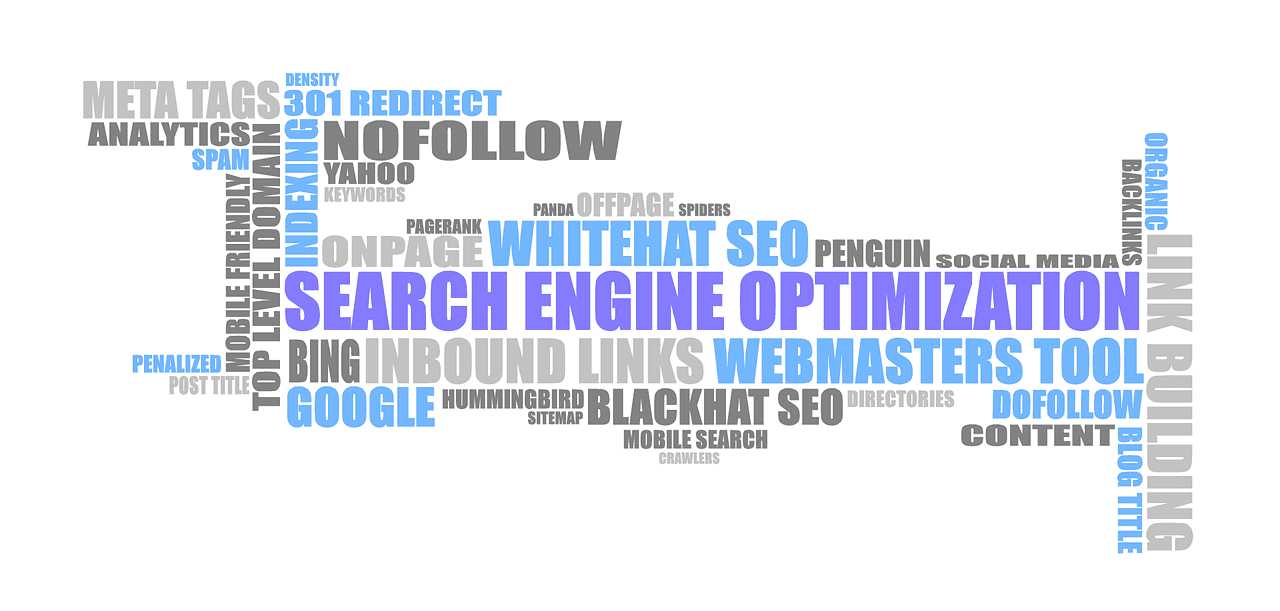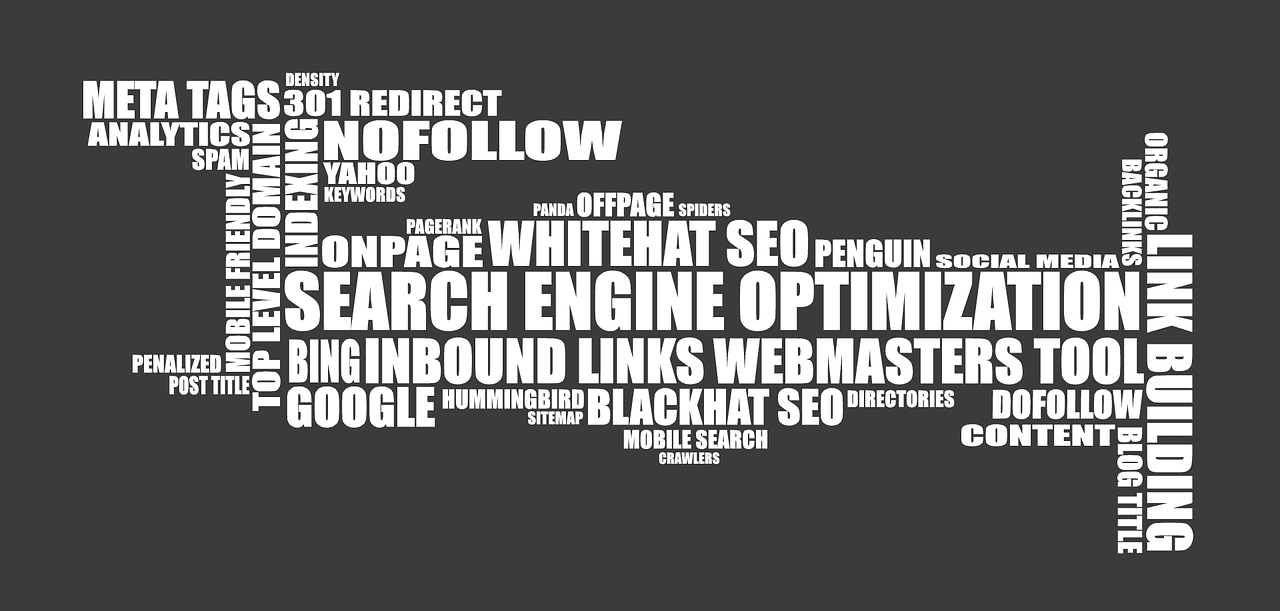Are you looking to boost your website’s visibility and drive more traffic? Look no further! In “The Ultimate Guide to On-Page SEO: Optimizing Your Content for Maximum Impact,” we’ve got you covered. Learn all the insider tips and tricks on how to optimize your website’s content to rank higher on search engine results pages. From keyword research to meta tags and everything in between, this comprehensive guide will help you unlock the full potential of your online presence. Get ready to take your website to new heights and leave your competitors in the dust!
On-Page SEO Keyword research
Keyword research is a crucial step in optimizing your content for maximum impact. By identifying target keywords, you can better understand what your audience is searching for and tailor your content to meet their needs. There are various keyword research tools available that can help you in this process, such as Google Keyword Planner, SEMrush, and Moz Keyword Explorer. These tools provide valuable insights into search volume, competition, and related keywords. Analyzing keyword difficulty is also important, as it allows you to gauge how challenging it will be to rank for a particular keyword. By finding keywords with high search volume and low difficulty, you can prioritize your keyword optimization efforts and improve your chances of ranking higher in search engine results.
Title tag optimization
Optimizing your title tags is essential for helping search engines understand what your content is about and for attracting clicks from users. When creating title tags, it is important to make them unique and descriptive. Each page on your website should have a title tag that accurately reflects the content it contains. Including your target keyword in the title tag is important for SEO purposes, as it helps search engines identify the relevance of your content to a user’s search query. However, it is also important to keep the length of your title tags within the recommended limits to ensure that they are displayed correctly in search engine results.

Meta description optimization
Meta descriptions provide a brief summary of your content and are displayed beneath the title tag in search engine results. Writing compelling and relevant descriptions can significantly impact click-through rates and attract more visitors to your website. Similar to title tags, including your target keyword in the meta description helps search engines understand the relevance of your content. It is also important to keep the length of your meta descriptions within the recommended limits so that they are not truncated in search engine results.
Header tag optimization
Header tags, such as H1, H2, and H3, are used to structure your content and make it easier for search engines and users to navigate. The H1 tag should be reserved for the main heading of your page, while the H2 and H3 tags can be used for subheadings. Incorporating your target keywords in these header tags can provide additional context to search engines and improve the visibility of your content. By using header tags effectively, you can enhance the readability and organization of your content, making it more appealing to both search engines and users.

URL optimization
Optimizing your URLs is an important aspect of on-page SEO. When choosing a URL for your page, it is recommended to keep it short and descriptive. Including your target keyword in the URL can provide additional relevance signals to search engines and improve the visibility of your content. It is also important to avoid using special characters or numbers in your URLs, as they can make them less user-friendly and harder to remember.
Image optimization
Images play a vital role in enhancing the visual appeal and user experience of your content. To optimize your images for SEO, you should pay attention to the file name and alt text. Choosing a descriptive file name and including your target keyword can provide additional relevance signals to search engines. Alt text, on the other hand, should accurately describe the image and provide context for visually impaired users and search engines. Additionally, using relevant and descriptive captions can further enhance the SEO value of your images. Compressing your images to reduce file size is also important for faster load times, which can improve user experience and SEO.

Keyword placement
Where you place your target keywords within your content can have a significant impact on your SEO efforts. Starting with the first paragraph, including your target keyword early on helps search engines understand the relevance of your content. Throughout the rest of your content, it is important to distribute your keywords naturally and avoid keyword stuffing, which can have a negative impact on your SEO. By strategically placing your target keywords in your content, you can improve your chances of ranking higher in search engine results while maintaining a high level of readability for your audience.
Content structure
Organizing your content with headings and subheadings is not only visually appealing, but it also helps search engines and users navigate through your content more efficiently. Using bullet points and lists can further enhance the readability of your content and make it easier to scan. Ensuring that your content is easy to read and understand is crucial for keeping your audience engaged and increasing the likelihood of them staying on your page longer. By structuring your content effectively, you can improve the overall user experience and SEO of your website.

Internal linking
Internal linking is an important SEO strategy that can help search engines discover and index your content more effectively. By including relevant internal links within your content, you can guide users to other pages on your website that provide additional value and information. Using anchor text that accurately describes the destination page can provide additional context to search engines about the content of your linked pages. It is important to ensure that your internal links are relevant and useful to both search engines and users, as this can improve the overall SEO of your website.
Mobile optimization
With the increasing use of mobile devices, optimizing your content for mobile devices has become essential. Implementing responsive design ensures that your website adapts to different screen sizes, providing a consistent user experience across devices. Additionally, optimizing for mobile page speed is crucial, as users expect quick loading times on their mobile devices. Slow page speeds can negatively impact user experience and SEO. It is also important to ensure a mobile-friendly user experience by making sure that your website is easy to navigate, with clear menus and easily clickable links. By optimizing for mobile devices, you can improve your chances of ranking higher in mobile search results and provide a seamless experience for your mobile users.
In conclusion, on-page SEO plays a crucial role in optimizing your content for maximum impact. By performing keyword research, optimizing your title tags and meta descriptions, using header tags effectively, optimizing your URLs and images, strategically placing your target keywords, structuring your content, including relevant internal links, and optimizing for mobile devices, you can improve the visibility, user experience, and SEO of your website. By implementing these on-page SEO techniques, you can attract more organic traffic, engage your audience, and ultimately achieve your content marketing goals.
